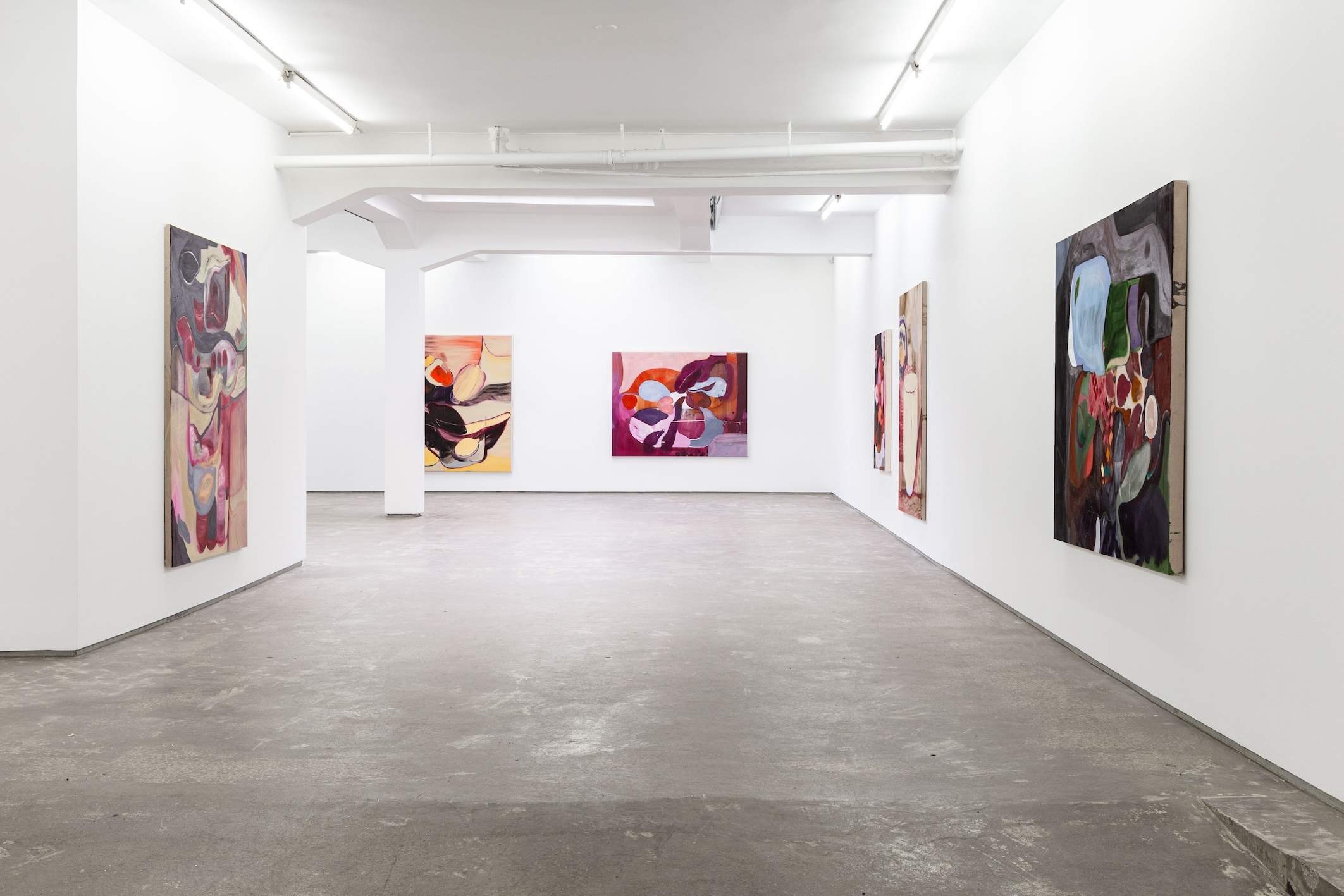As the art market continues to globalize and evolve, anti-money laundering (AML) and "Know Your Customer" (KYC) regulations have become crucial tools for ensuring transparency and trust within the industry.
In a panel discussion during Artlogic Connect ‘24 moderated by Simon Oldfield, experts from across the art world—Rena Neville, Susan Mumford, and Andrew Boos—shed light on the current state of AML and KYC, the challenges the art market faces, and the role technology will play in driving future compliance.
Read on for the three top takeaways from the discussion, or watch on-demand here.
“There’s a lack of uniformity in how AML policies are applied, particularly in smaller galleries."
The State of AML Regulations: Variances Across Regions
The regulation of money laundering in the art market has been fragmented, with significant differences across regions. Rena Neville, an expert in art AML, highlighted the discrepancies in how regulations are applied globally.
“In the UK and EU, there is a broad, consistent framework, but each regulator applies it differently,” Rena explained. “Interestingly, in the UK, if an artist sells directly to a collector, they are not subject to AML regulations. However, if they sell through a gallery, they are.” This illustrates the complexity of the regulations, as individual transactions may fall under different legal requirements depending on the intermediary involved.
In contrast, the U.S. has chosen to limit its AML regulations to antiquities, leaving the broader art market to operate according to "best practices" without a clear definition of what those practices should entail. Rena also noted that regions like Hong Kong, mainland China, and South Korea have yet to introduce formal regulations, posing potential risks for European and American galleries dealing with international clients.
Andrew Boos, a representative from Artsy, observed that certain European countries, such as Germany and the UK, are enforcing stricter regulations, while small galleries with limited resources often struggle with consistent compliance. “There’s a lack of uniformity in how AML policies are applied, particularly in smaller galleries, which often struggle with enforcement,” he noted.
The Role of Technology in AML and KYC Compliance
As the art world embraces greater professionalism, technology is playing an increasingly important role in ensuring compliance with AML and KYC regulations. Susan Mumford, a leader in art AML, emphasized that while technology is essential, it is not a silver bullet.
“Tech on its own is not the solution,” Susan stated. “It’s the responsibility of the gallery to find the right AML provider and to combine technology with human judgment to ensure a comprehensive approach. Technology can help walk users through KYC and AML procedures to ensure nothing is missed.”
However, Susan cautioned against relying too heavily on automated systems. “When I hear that businesses are doing AML manually, I’m concerned about which parts they’re missing,” she explained, underscoring the importance of having a clear, thorough process in place.
Andrew Boos added that Artsy uses technology on the fraud side to monitor suspicious activities, such as multiple bids on various works by the same buyer. “If we see someone bidding on 20 different works, we’ll ask them to complete a KYC process. This cooperation shows us they’re a valid buyer, which builds trust,” he noted.
Simon Oldfield, the panel moderator, pointed out that completing the KYC process early in the transaction not only fosters trust but also demonstrates a gallery’s commitment to transparency and due diligence. “It shows that you’re doing your homework, and it also reassures the buyer that the gallery is doing the right thing,” he said.
Looking Ahead: Regulatory Changes and the Future of AML in the Art Market
The future of AML and KYC in the art market is poised for significant change. Rena Neville noted that in the UK, the government is expected to update regulations soon, including revising the €10,000 threshold to reflect current market conditions. Additionally, stricter penalties for non-compliance may soon be introduced, aligning with the trend of more aggressive prosecution seen in the U.S.
“There’s a misconception that money laundering in the art market is rampant,” Rena said. “But in reality, only about 10% of red flags result in issues. Most red flags are resolved. It’s really the exception, not the rule, that clients don’t proceed. KYC can actually build trust and transparency in the art market.”
As the art world becomes more interconnected and globalized, the risks associated with cross-border transactions are growing. “Multijurisdictional transactions are common, and knowing how to report suspicious activity across regions can be confusing,” Simon Oldfield noted, emphasizing the need for art professionals to educate themselves on regional reporting requirements.
Looking ahead, the panel agreed that global harmonization of AML and KYC regulations would benefit the art world, with Susan Mumford advocating for a unified, international approach to identity checks. “I’d love to see a global standard for identity verification,” she said. Simon echoed this sentiment, suggesting a future where art buyers only need to undergo KYC verification once, rather than repeatedly for each transaction.
“The greatest risk in the art market is missing the red flags."
Enhancing Trust and Transparency
The panel discussion reinforced the critical need for transparency, due diligence, and the effective use of technology in the art market. As regulations tighten, the art world must balance the human judgment that guides compliance with the efficiency of technology. While challenges remain, especially in less regulated regions, the overall trend is toward greater professionalism and accountability.
Rena summed up the session with an important reminder: “The greatest risk in the art market is missing the red flags. It’s about staying vigilant, connecting the dots, and ensuring that everyone involved takes responsibility.”
With the right tools, knowledge, and practices in place, the art market can continue to thrive, while safeguarding against financial crime and ensuring that transactions are secure, transparent, and compliant with global standards.





